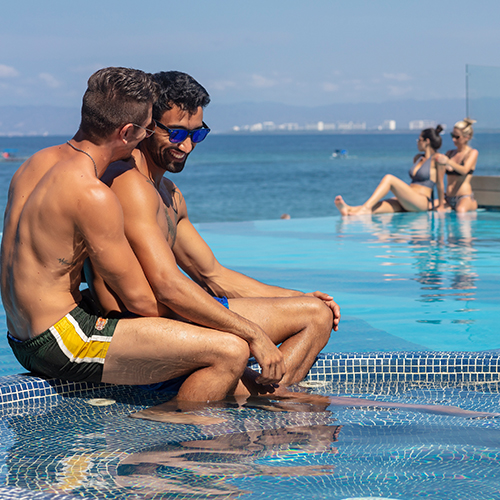July 17, 2025
From August to December, Puerto Vallarta plays host to one of the most awe-inspiring natural events in the Mexican Pacific: the sea turtle nesting season. While the formal sea turtle nesting season in Puerto Vallarta typically extends from August to December, there are documented instances of turtles arriving along the Banderas Bay coast as early as mid-July.
Turtle camp is a great place for people of all ages. If you're looking for fun, eco-friendly activities for your family this summer, or if you want to find things to do with kids in Puerto Vallarta, then a turtle camp is the perfect spot.
The following is a brief guide to living this fascinating ecological experience during your next vacation in Puerto Vallarta.
A turtle camp is a conservation center focused on the protection and preservation of sea turtles. These animals come to lay their eggs on the beaches, and the turtle camp is dedicated to ensuring their safety and well-being. These spaces are overseen by biologists, universities, volunteers, and non-governmental organizations (NGOs). In general, their activities center on:
A visit to a turtle camp in Puerto Vallarta is an enjoyable experience that is both educational for children and adults and can be an exciting addition to your travel itinerary.
Sea turtles visit the shores of Puerto Vallarta to deposit their eggs in nests that they themselves have excavated, sometimes to a depth of 40 meters.
A turtle camp is a place where volunteers can participate in various activities and follow different internal regulations. However, there are some common activities that volunteers can expect to do at a turtle camp:
One of the most popular activities during the season is the release of baby sea turtles. This activity takes place at sunset. The public is welcome to experience this at one of several campsites. It is also a great activity for families with children, couples, and nature lovers.

The olive ridley turtle (Lepidochelys olivacea) is the most frequently observed species in Puerto Vallarta, although other species, such as the leatherback turtle (Dermochelys coriacea) and the hawksbill turtle (Eretmochelys imbricata), have also been recorded. The biologists overseeing the turtle camp will expound on the characteristics, habits, and threats of these creatures.
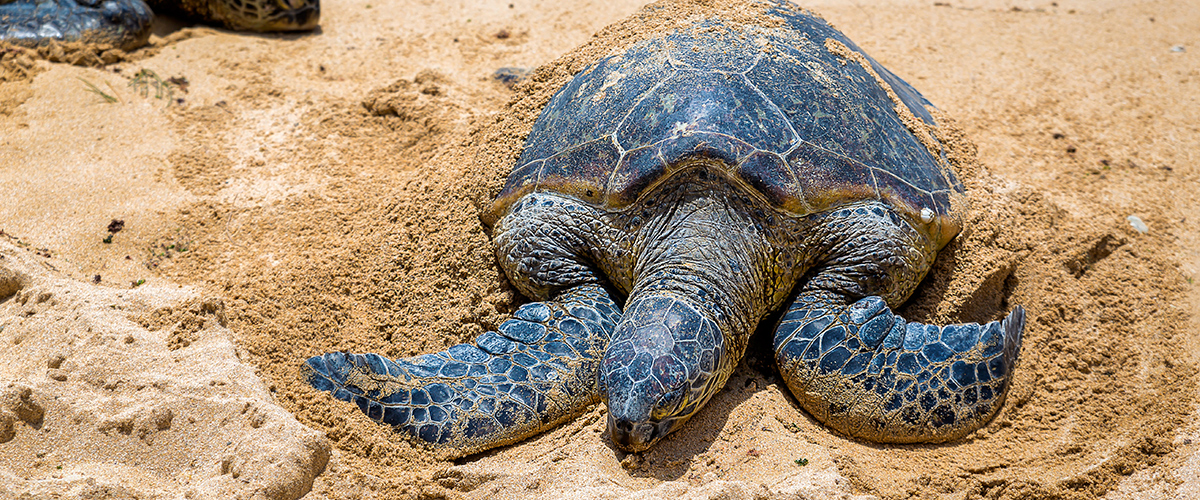
In addition to observing, you can also participate as a volunteer in certain activities, such as patrolling the beaches or tending to the nests, thereby making an active contribution to environmental conservation in Puerto Vallarta.
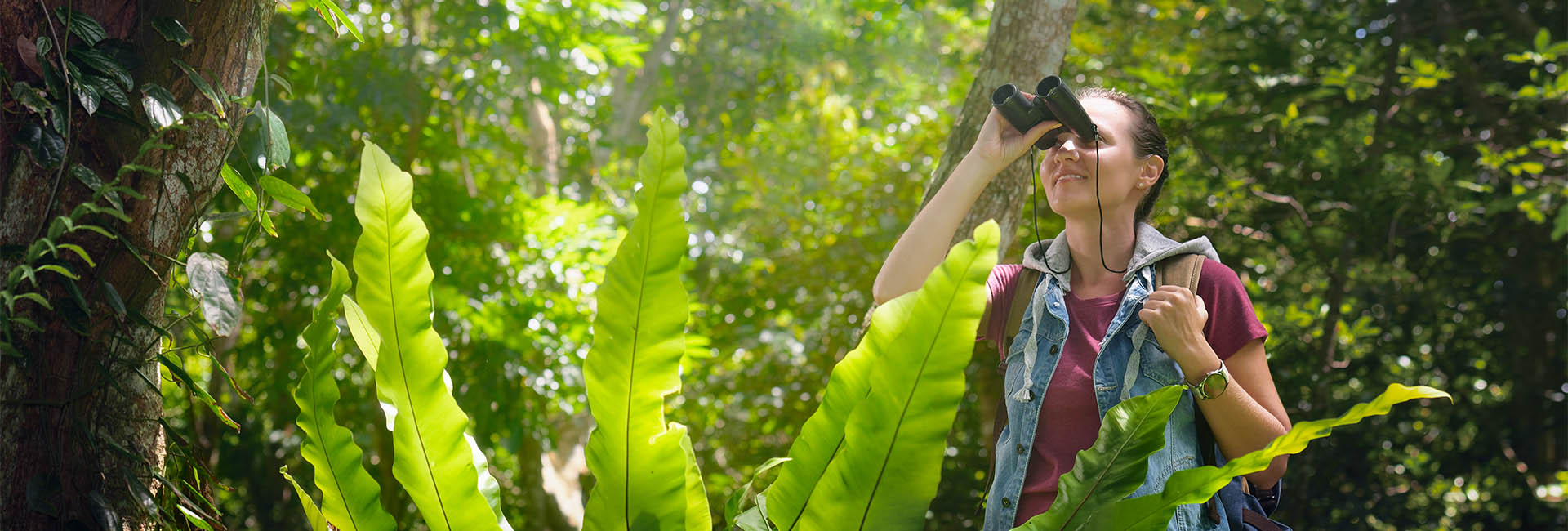
During the season, this camp periodically releases sea turtles and hosts informative talks. The camp is situated on Boca de Tomates beach, in close proximity to Marina Vallarta and the international airport, with convenient access from the city.
This well-known camp, located south of Puerto Vallarta, provides a more secluded and untamed experience. Those looking to experience a deep connection with nature will find it ideal at the extensive and secluded beaches of Mayto, a small fishing village in the Costalegre of Jalisco.
A wide variety of hotels in Puerto Vallarta team up with certified turtle camps to offer ecological and educational activities as part of their experiences. The following are some of the most notable:
Remember that respect is the foundation of conservation. By taking part in a sea turtle release in Puerto Vallarta, you will have the opportunity to experience something truly unique and contribute to the conservation of a species with a history spanning millennia.
Join each turtle on its inaugural journey to the ocean!
Are you thinking about paying a visit to a turtle camp in Puerto Vallarta? To ensure you get the most out of your visit and contribute to local natural conservation efforts, please consider these essential recommendations:
Learn about turtle camps that have been certified, or work together with environmental authorities. The Boca de Tomates Turtle Camp and Mayto Turtle Camp are among the most recognized in the Puerto Vallarta area.
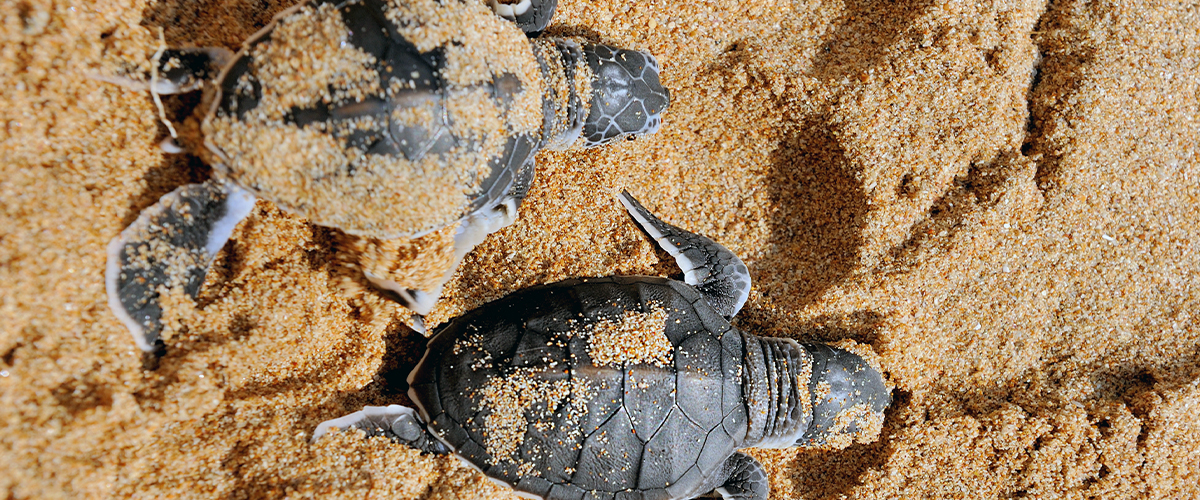
Dress in light clothes and wear closed shoes (if possible.) Bring a biodegradable insect repellent, and if the activity is at night, carry a flashlight with a red light.

Many activities, such as the turtle release at sunset, are scheduled at specific times. You can enjoy the site and receive a brief educational talk before you begin if you arrive early.
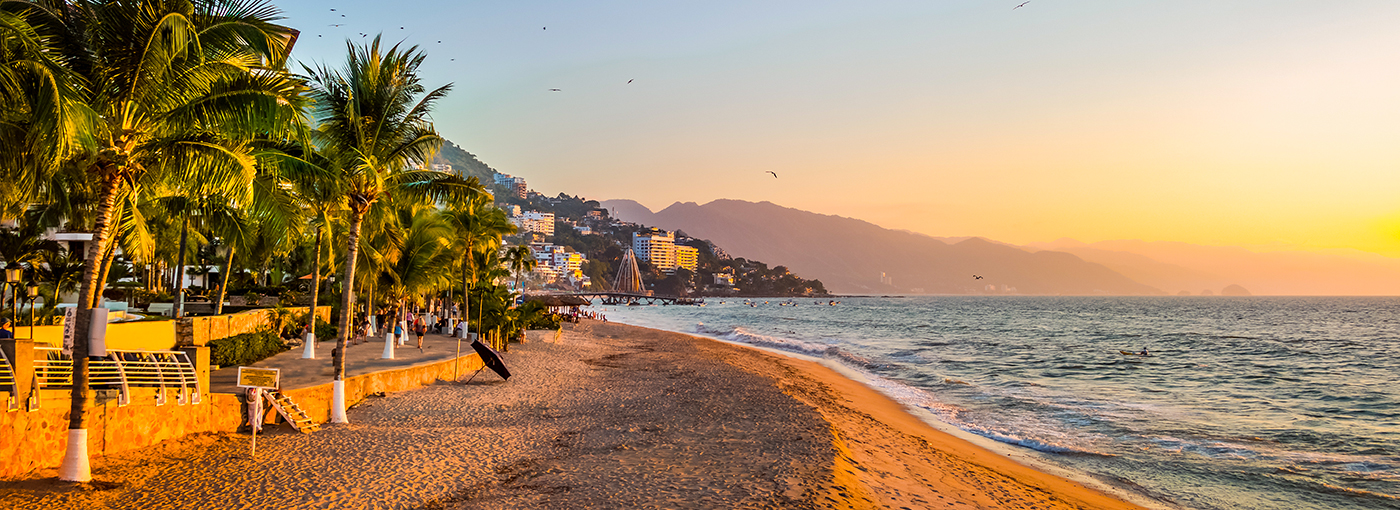
Biologists and guides know the best way to avoid damaging nests or baby turtles. Pay attention to them and follow their instructions!
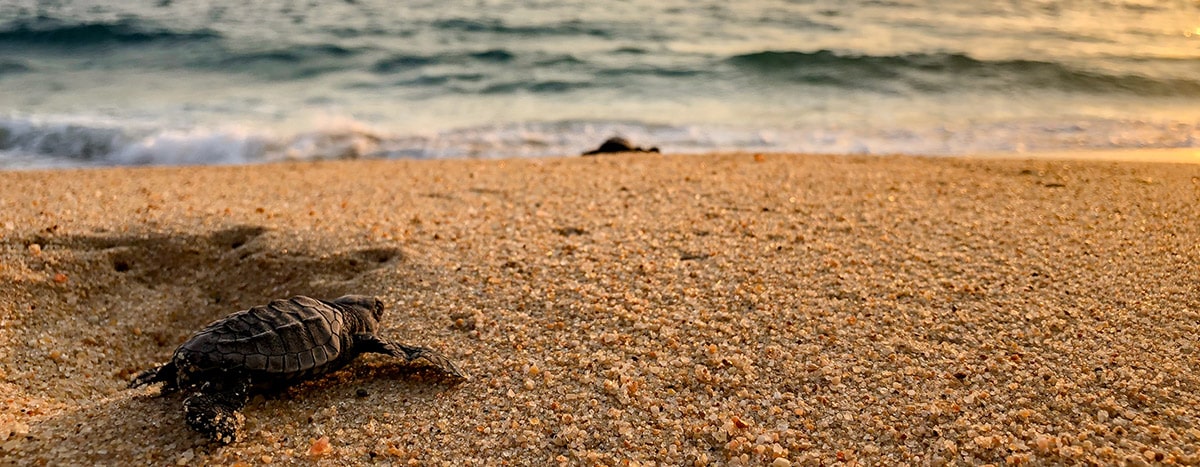
The Puerto Vallarta and Banderas Bay region has developed a very special bond with Olive ridley turtles and humpback whales that arrive in winter and return frequently.
This species arrives at different beaches in Puerto Vallarta and along the Pacific coast to lay its eggs. When this happens, the City’s Ecology Department and other volunteers from different associations transfer the eggs to safe hatcheries under their surveillance.
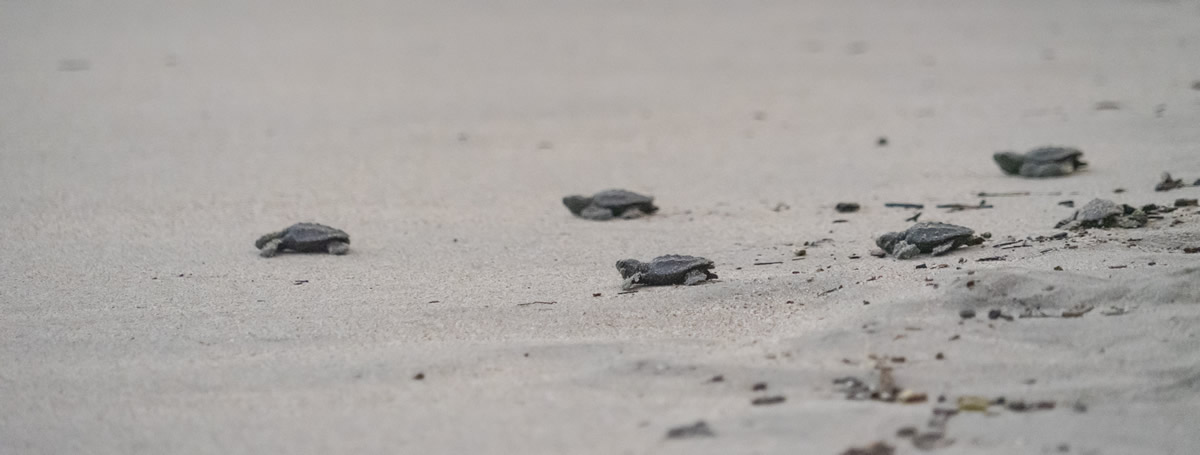
More than 2,800 nests have been identified by the different turtle camps in Puerto Vallarta, and 200,000 sea turtle hatchlings have been released from these nests. It's clear that these figures are encouraging. However, of every 1,000 baby turtles that are released, only one survives to be a grown turtle.
Six of the seven species of sea turtles on the planet make their nests along the coast of Mexico. The six species are: the leatherback turtle (Dermochelys coriacea), the loggerhead turtle (Caretta caretta), the green turtle (Chelonia mydas), the olive ridley turtle (Lepidochelys kempii), the hawksbill turtle (Eretmochelys imbricata), and the olive ridley turtle (Lepidochelys olivacea).
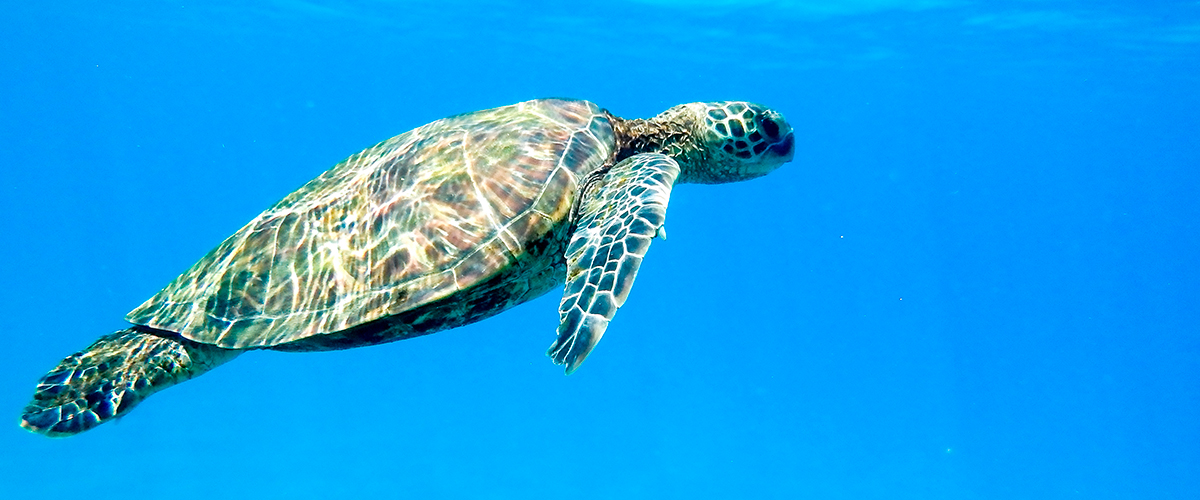
According to the Mexican Standard NOM-059-SEMARNAT-2010, the six species of sea turtles found in Mexico are classified as "Endangered." Moreover, Article 420 of the Federal Penal Code stipulates criminal sanctions for environmental crimes, encompassing the protection of sea turtles.
If you are strolling along the Puerto Vallarta shoreline and you are fortunate enough to catch a glimpse of a sea turtle nesting, here's what you should do:
Maintain a secure separation of a minimum of ten meters. The turtle may be stressed by human contact and stop the process.
The presence of strong light can cause disorientation. If there is a need to see in the dark, the use of a red light flashlight is recommended or the light can be turned off once the sea turtle is located.
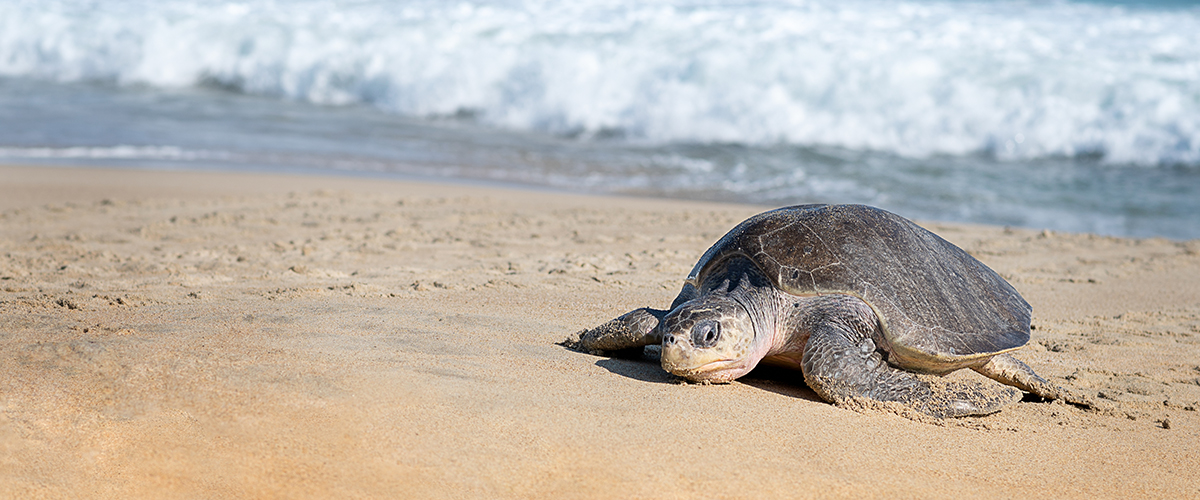
In Puerto Vallarta, please contact the Public Safety, Fire and Lifeguards Dept. at (322) 178-8800, Profepa at (322) 222-0703, or the nearest turtle camp. They will be able to handle the nest and ensure its safety.
Enjoy this beautiful natural event with respect. A sacred moment of nature is unfolding before your eyes!
A visit to a turtle camp in Puerto Vallarta offers a chance to connect with nature, learn about the environment, and make a positive impact during your trip to Mexico.
Puerto Vallarta boasts not only stunning beaches and exquisite cuisine, but it is also a leading example of sustainable tourism in the Pacific. Be a conscious traveler.
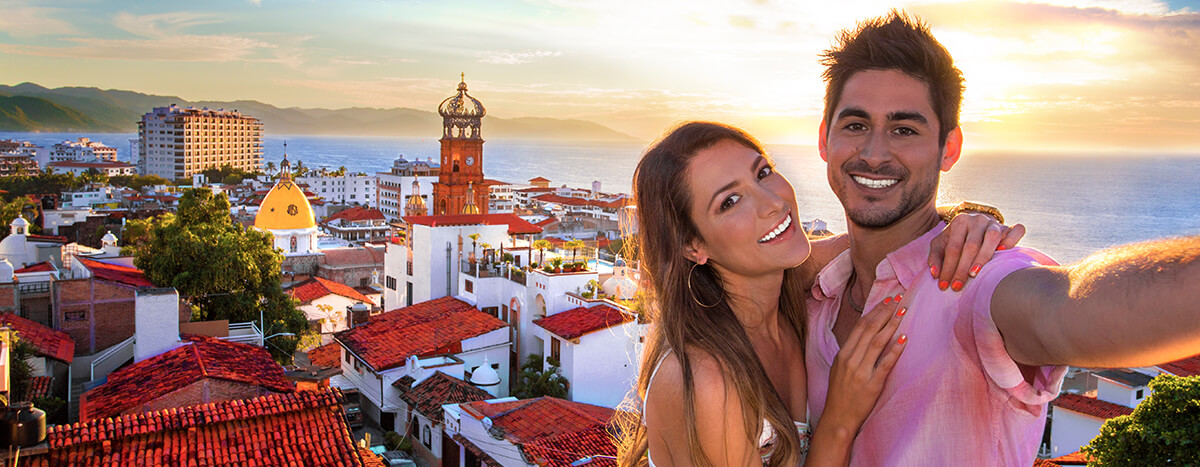
Puerto Vallarta is a green destination committed to the conservation of its natural environment, and it takes many forms, including the protection of its beaches, forests, and rivers. Participating in these activities connects you with local biodiversity, supports environmental conservation projects, and teaches new generations the value of protecting wildlife.
To help you get the most out of your next trip, here is our guide to the best things to do with your family in Puerto Vallarta during the summer Read more
Puerto Vallarta offers an array of activities to cater to every type of father. Whether you are planning a serene beach retreat, an invigorating weekend of adventure, or a gourmet dining experience Read more
Ready to celebrate Pride in paradise? Start planning today your dream trip to Mexico’s most LGBTQ+ friendly beach destination Read more


